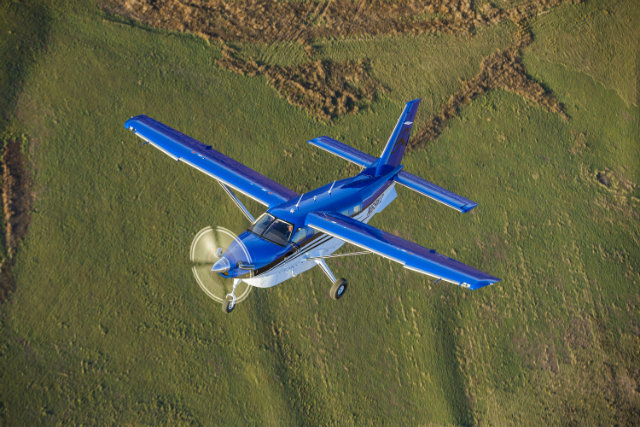Opposition to pan-European commercial single-engined turbine operations under instrument meteorological conditions (SET-IMC) seems to be abating, as rulemaking proposals increasingly satisfy states that have previously resisted it. Italy is now the only state that appears to still have reservations, while previous sceptics France, Germany and the UK now seem happy with the draft EASA regulation.
The draft rule is being prepared for an EASA committee vote. The earliest that could take place would be in June, but October is more likely, suggesting the rule is unlikely to be ready for implementation until early 2017.

Quest Aircraft
EASA accepts the motivation to agree a sound rule has always been that small, isolated communities cannot viably be served by multi-engined aircraft, and that it is wrong to deny such communities single-engined service if it can be provided safely.
Meanwhile, over the last two decades of vigorous debate about the safety of commercial air transport SET-IMC operations in Europe, turbine engines have become more reliable, engine health monitoring systems more sophisticated, and satellite navigation systems and their displays far more capable.
These technical advances have been taken into account in the proposed rule and strengthened by the introduction of comprehensive operational requirements for crew training, capability and experience; flight planning considerations; enhanced maintenance programmes with tighter minimum equipment list specifications; and aircraft type suitability.
Obvious aircraft candidates include Cessna’s Caravan family, Daher’s TBM 900, the Pilatus PC-12 series and the Quest Kodiak, but the additional technical requirements for SET-IMC-cleared airframes include twin independent electrical generation systems with powerful emergency backup, weather radar, radio altimeter, two independently powered attitude indicators, smart ice-detection systems, supplemental oxygen to sustain crew and passengers during an efficient glide profile from maximum operating altitude, and a powerful landing light to enable the pilot to carry out a forced landing on flat terrain at night.
Source: Flight International



















